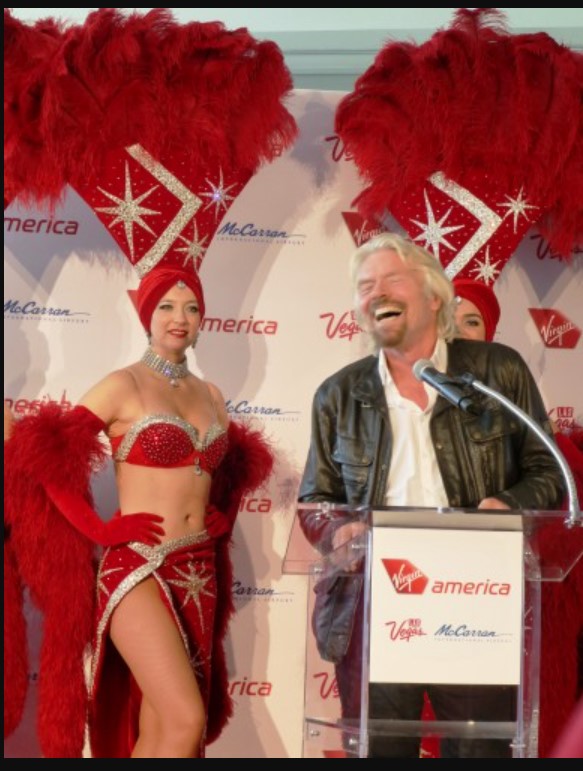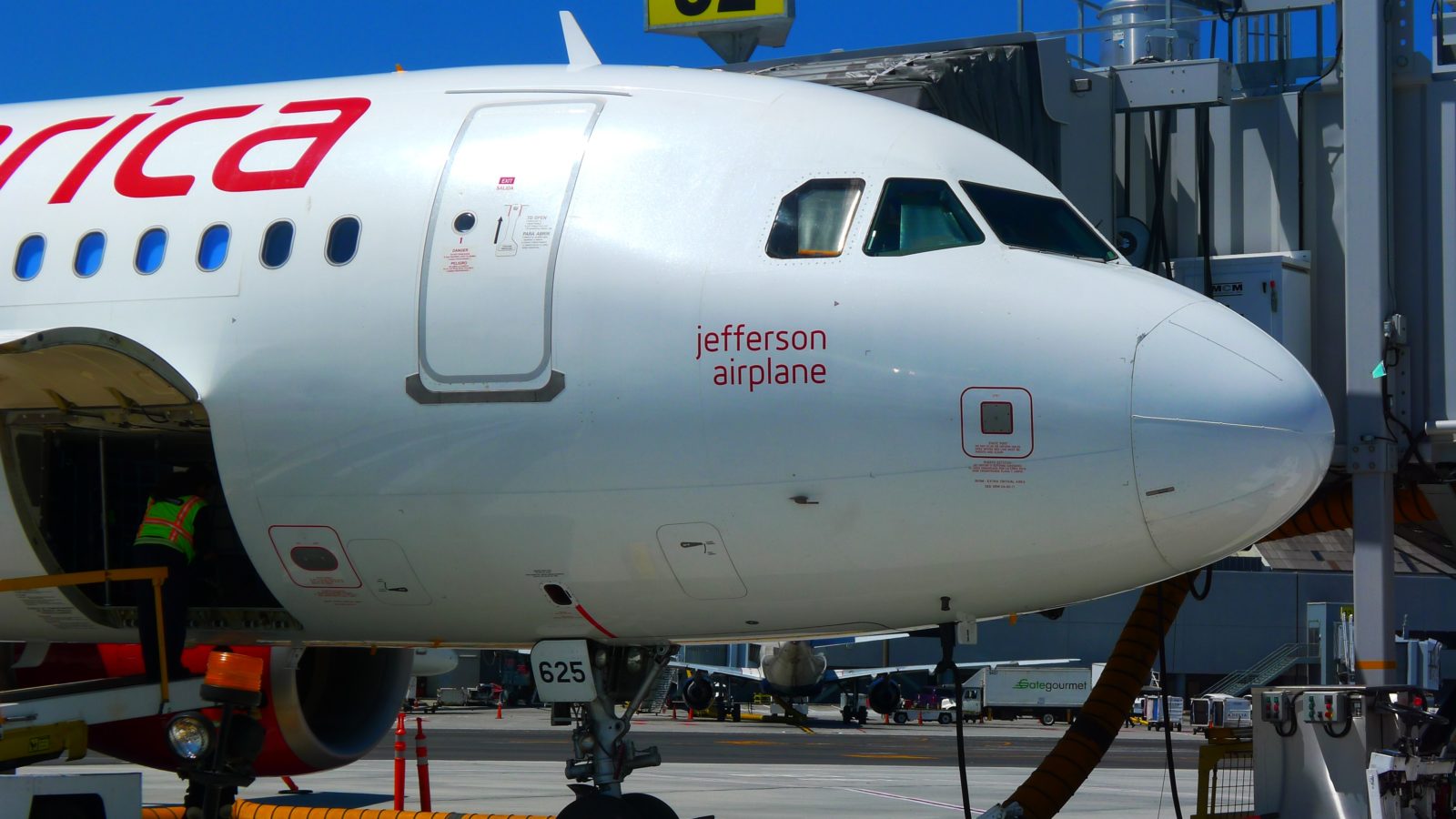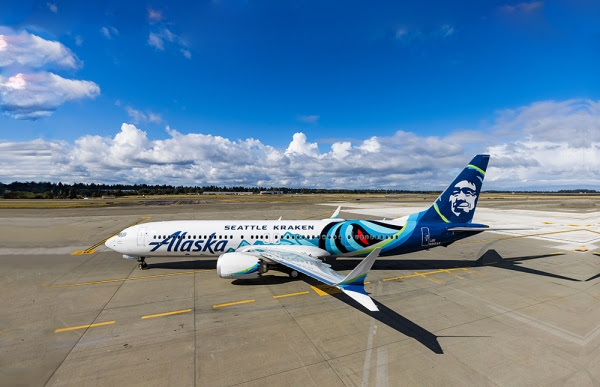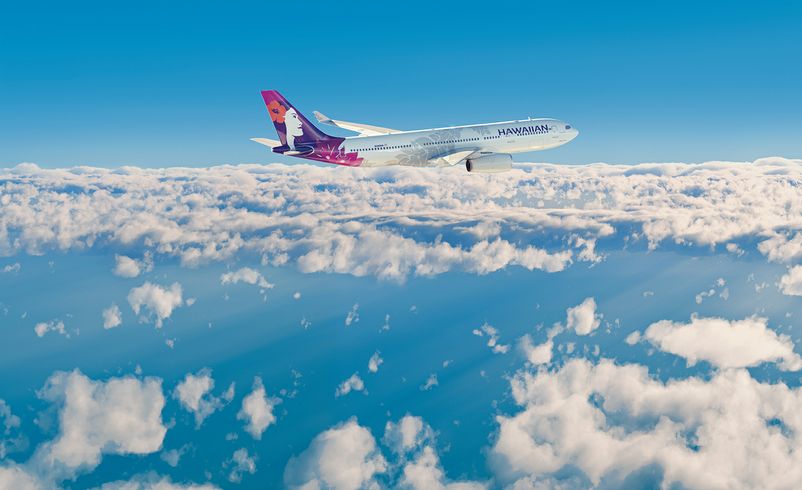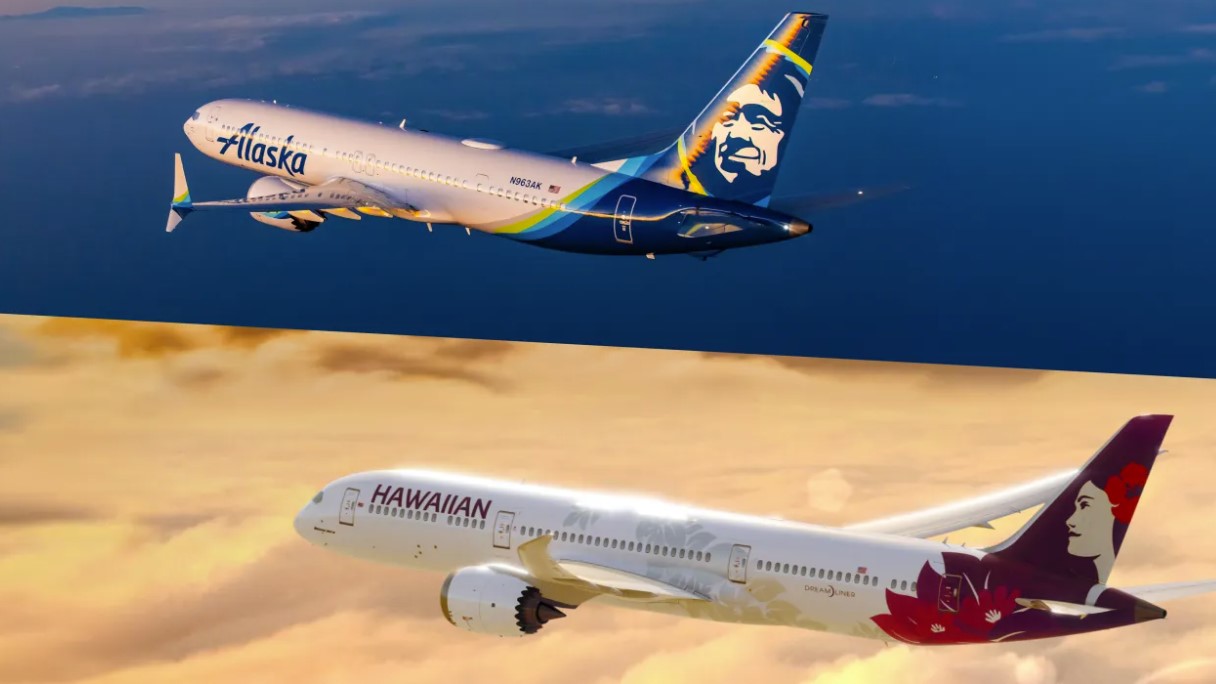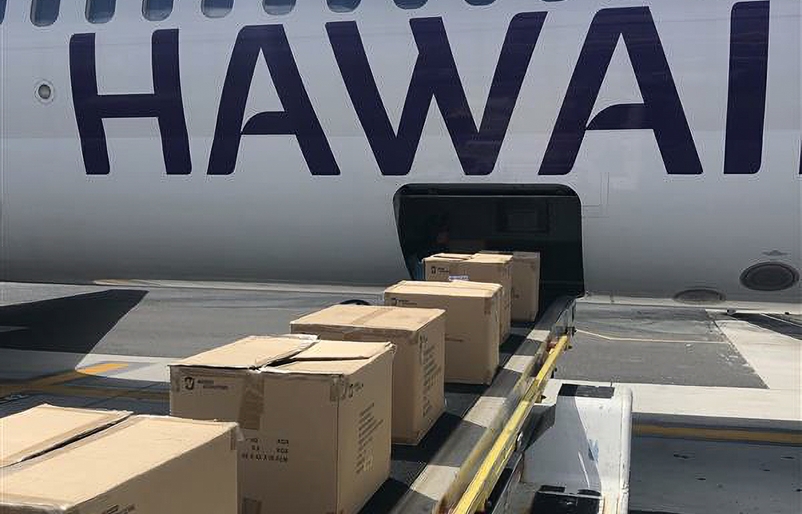
Between the storms in many regions of the country and the grounding of all Boeing 737-9 MAX aircraft for inspection, there are a lot of flight cancellations, schedule disruptions, and airline travel alerts.
Here are links to the current travel advisories and waivers (as of early Tuesday, January 9, 2024) in effect for some of the major airlines. Be sure to check your airline’s website for the latest updates on these advisories,
Alaska Airlines
On its website, Alaska Airlines is advising travelers that due to Boeing 737-9 MAX aircraft inspections and winter weather in the Northeast, they are offering a flexible travel policy for travelers who want to change or cancel their flights. Original travel dates include January 9.
American Airlines
American Airlines has a travel alert for close to 60 cities that may be affected by severe weather in the Eastern US and Canada. The airline will waive your change fee if you traveling in any fare class and are scheduled to fly January 9-10 and can travel instead January 9 – 15. See here for more details on American Airlines’ travel advisory.
Delta Air Lines
for Delta Air Lines has travel advisories posted for winter weather in the Midwest that may affect more than two dozen airports and as many in the Northeastern U.S.
JetBlue
JetBlue has also issued travel alerts for winter weather in the Midwest and the Northeastern US.
In the Midwest, the airline will waive change/cancel fees and fare differences for customers traveling through January 9 to or from Chicago (ORD), Detroit (DTW), Kansas City (MCI), Milwaukee (MKE), and Minneapolis – St. Paul (MSP). The travel alert covers about 15 airports in the Northeast. Customers may rebook their flights through January 13.
Southwest Airlines
Southwest Airlines has travel alerts posted for the Midwest and the East Coast.
United Airlines
For those scheduled to fly on a Boeing 737-9 MAX airplane, United Airlines offers these options:
You can reschedule your trip and have the change fees and fare differences waived. Your new flight must be a United flight departing by January 18, 2024. Tickets must be in the same cabin and between the same cities as originally booked. Trips rebooked after January 18, 2024, will still have the change fee waived, but there may be a fare difference. Cancelling and getting a full refund is also an option.


